Podcast: Play in new window | Download
Subscribe: Apple Podcasts | Spotify | RSS
Produced by Wayne Hall and Jeffrey Crecelius
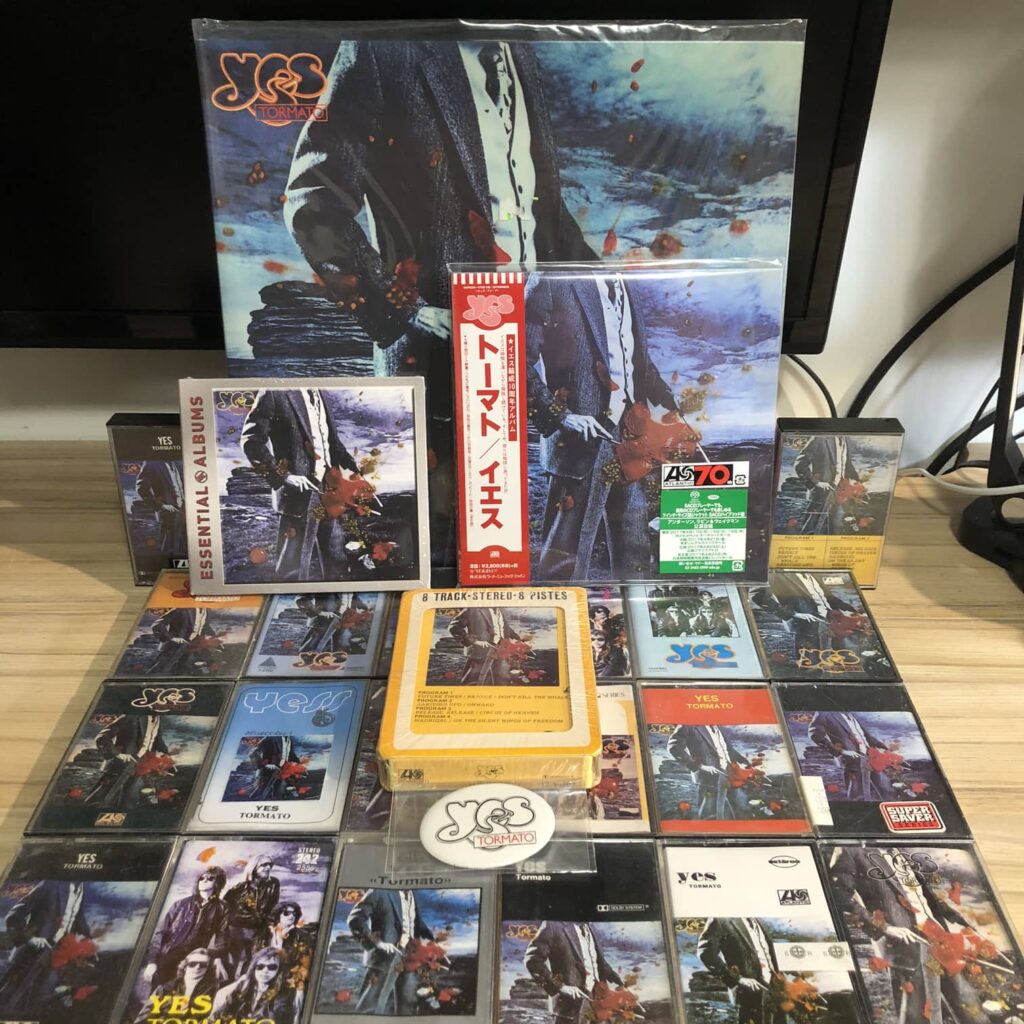
I asked our friend Miguel Falcão to tell me a bit about how Chris Squire achieved such a remarkable bass sound for Tormato. Instead of sending me a few bullet points, Miguel was kind enough to record a complete audio description of the technical minutiae of the master’s solution. Mark and I listen to this amazing in-depth piece and discuss a few of the points Miguel makes.
Many thanks to Miguel and if you haven’t heard his staggeringly accurate Yes bass covers, then you are missing out a great deal. See the links below to remedy that immediately.
- How did Chris Squire achieve ‘that’ sound for Tormato?
- What technology did he employ?
- Was the approach the same on every song on Tormato?
Listen to the episode and let us know what you think!
Miguel’s amazing website:
Chris Squire’s bass setup photographed by Dave Watkinson at the Tormato sessions, RAK studios, London, 1978:
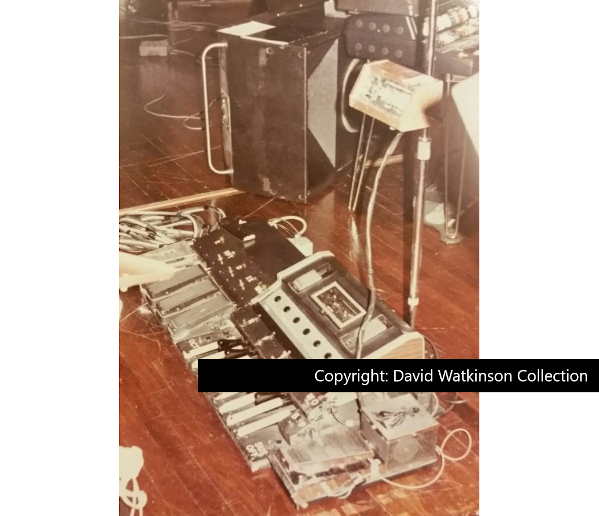
A selection of Miguel’s Tormato bass cover versions:
Miguel’s Annual #PlayForChris project:
Other resources
Bag yourself a fabulous piece of YMP history before it’s too late…
Head over to the YMP Emporium to…
- Order a YMP Trivia Card Game ‘The Answer Is Yes!’ – available now!
- Order the unique Full Union art print – available now
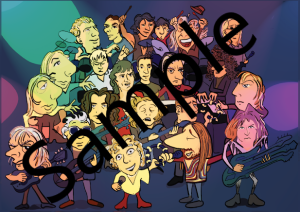
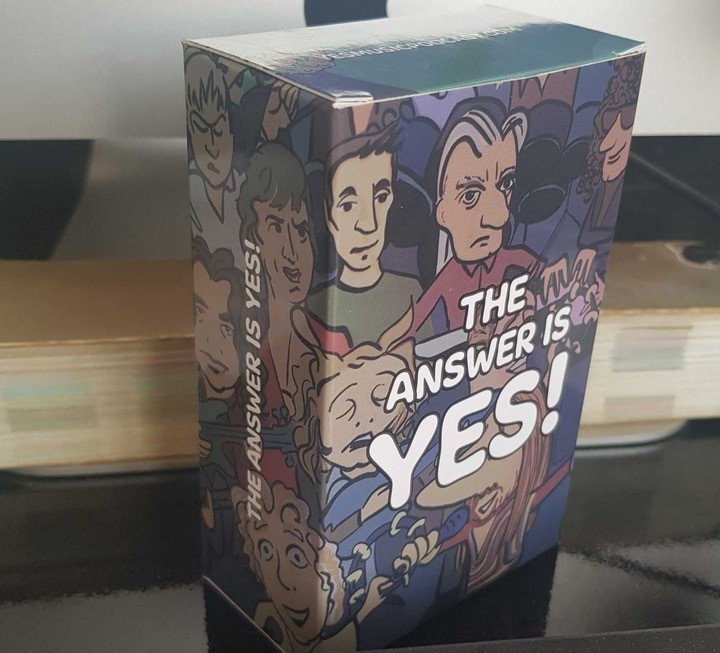
YMP Patrons:
Producers:
- Jeffrey Crecelius and
- Wayne Hall
Patrons:
| Aaron Steelman | Dave Owen |
| Mark James Lang | Paul Tomei |
| Joost Maglev | David Heyden |
| Martin Kjellberg | Paul Wilson |
| Bob Martilotta | Lind |
| Michael O’Connor | William Hayes |
| Brian Sullivan | David Pannell |
| Miguel Falcão | Lobate Scarp |
| Chris Bandini | David Watkinson |
| Neal Kaforey | Rachel Hadaway |
| Craig Estenes | Dem |
| Paul Hailes | Mark ‘Zarkol’ Baggs |
| Doug Curran | Robert Nasir |
| Fergus Cubbage | Scott Colombo |
| Fred Barringer | Gary Betts |
| Geoff Bailie | Simon Barrow |
| Geoffrey Mason | Stephen Lambe |
| Guy R DeRome | Steve Dill |
| Henrik Antonsson | Steve Perry |
| Hogne Bø Pettersen | Steve Rode |
| IanNB | Steve Scott |
| Jamie McQuinn | Steven Roehr |
| Ken Fuller | Terence Sadler |
| Michael Handerhan | Tim Stannard |
| Jim | Todd Dudley |
| John Cowan | Tony Handley |
| John Holden | Joseph Cottrell |
| John Parry | Keith Hoisington |
| John Thomson | Barry Gorsky |
| Alan Begg |
Robert and David
Please subscribe!
If you are still listening to the podcast on the website, please consider subscribing so you don’t risk missing anything:


Subscribe on Android
Listen on Stitcher
Theme music
The music I use is the last movement of Stravinsky’s Firebird Suite. This has been used as introduction music at many Yes concerts. My theme music is not take from a live concert – I put it together from: archive.org
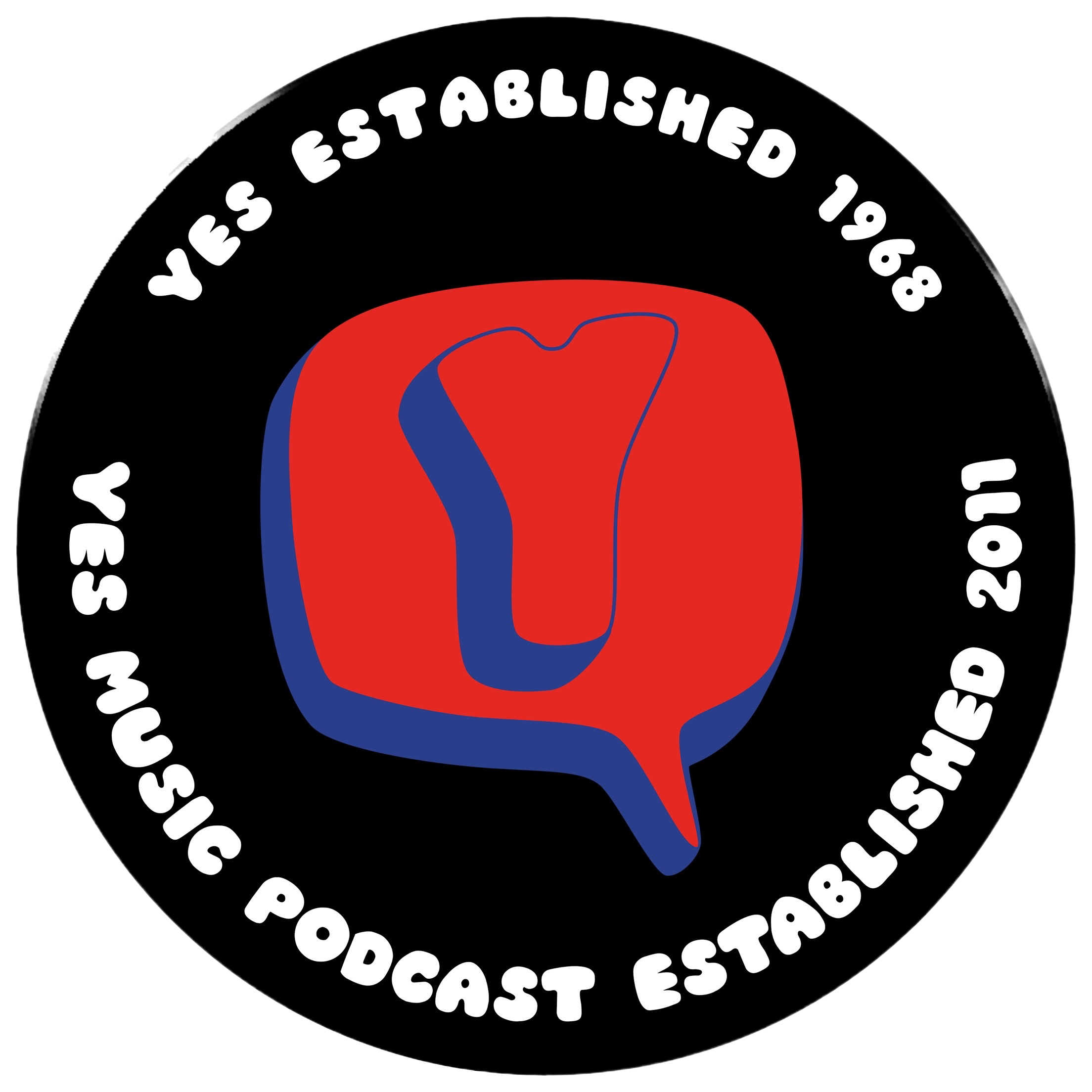
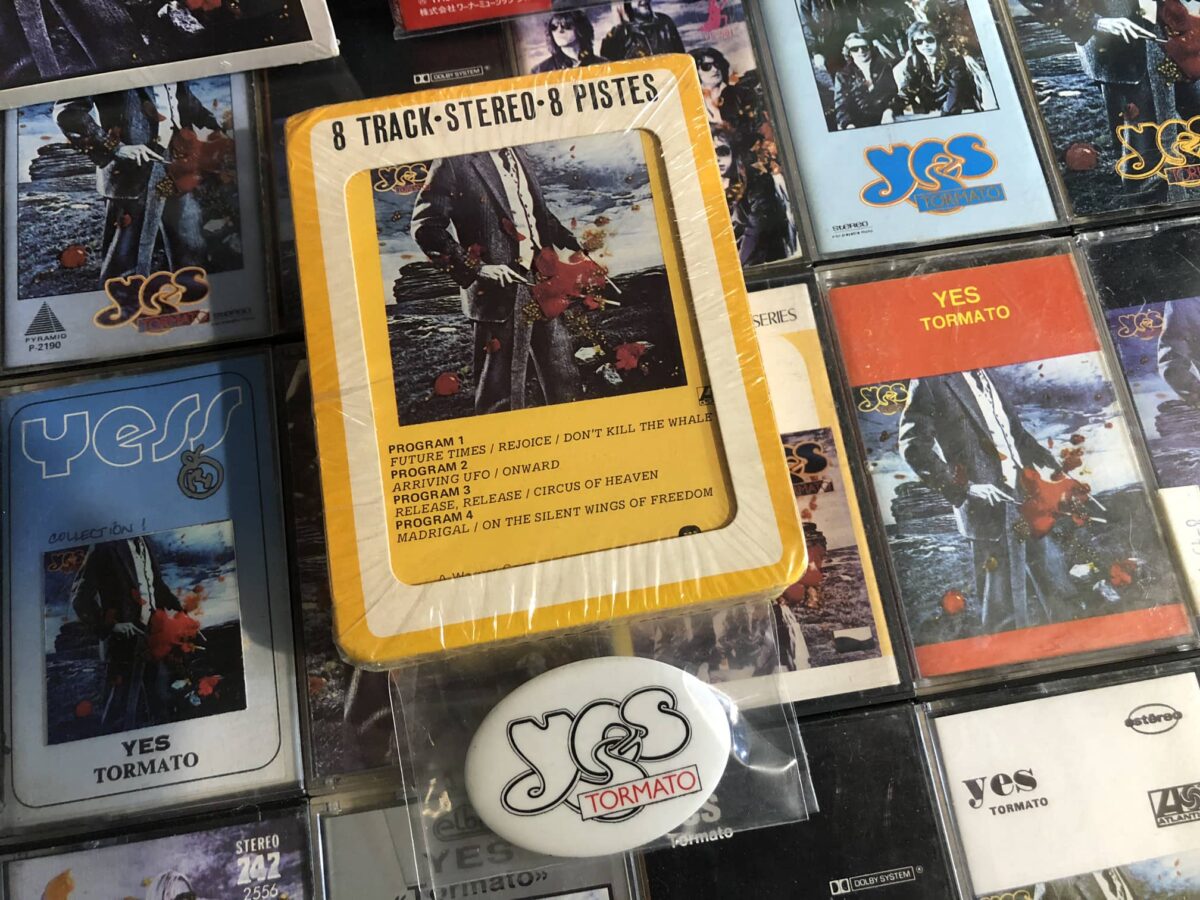
7 replies on “Miguel Falcão takes us through Chris Squire’s setup for Tormato – 505”
Very cool ‼️
I love these ‘deep dive’ episodes, and this one was extremely interesting, once again. Thank you. The combined expertise of Miguel and Mark really illuminates corners of ‘Tormato’ which I have listened to and thought about from a musical point of view, but haven’t fully appreciated in terms of how they were created, and the degree of care and innovation involved. This kind of analysis really enhances the listening experience.
Fascinating also that this was the first ’70s Yes album that both Kevin and Miguel heard. That adds a freshness to their commentary. It would be so wonderful if the master tapes could be located one day, and the record re-mixed. There are many ways in which the sound could be enhanced, including a highlighting (as far as possible) of those bass pedal elements which are barely audible at present.
I’ve always thought that if a re-released ‘Tormato’ featuring an improved and clarified mix was presented with a new Dean cover, the album might deservedly claim a more honoured place in the Yes pantheon — in a similar way to ‘Drama’. Kevin’s devotion to this particular album is helpful and commendable in that respect. It’s certainly helped me to re-appraise ‘Tormato’, just as the advocacy of Henry Potts and others for ‘Drama’ in the 1990s contributed to that album’s eventual retrieval.
The other factor there, of course, was live performance. From comments that Steve Howe has made, it seems unlikely that Yes will extend the “album series” (if it continues) to ‘Tormato’ as a whole. But it would be wonderful if they could stretch the current performance repertoire to include “Future Times / Rejoice” and “On the Silent Wings of Freedom”, both of which deserve to be considered Yes classics in my view. “Release, Release” would work well live, too. Here’s hoping…
I read an article years ago, probably the early 80’s, that Chris used a effect pedal on Tormato called a bass ball to get the wahwah effect. I’m sure I did read this, because for years, being a bass player myself, I tried to find one one these pedals. I’m wondering now if whoever wrote the article knew what he was talking about, let’s face it, we can’t argue with our friend Miguel..
did anyone else remember reading anything like this? I have dozens of Yes related paper clippings from back then, I’ll have to go though then and see if it’s one that I kept. Also, I’m sure I’ve got photos of Chris playing the Thunderbird. I’ll have a look for that too.
Hi Tony! “Bass balls” is the same type of effect but by other manufacturer. However the Mutron III is consensually regarded as the holy grail of envelope filters, and subsequently the most cloned by others.
You are also right – about the Thunderbird.
Mark probably didn’t notice that Chris used the Gibson Thunderbird on several pictures and film, because Chris’ model is a non-reverse body shape, where as the most common models (like mine) are reverse type.
But Chris indeed used that bass on Drama, on Does it really happen – well let’s wait Kevin makes a show about the bass sounds in Drama !
Maybe the author of the article I read was just assuming it was the bass balls pedal. A little can be dangerous haha. Good to know his real set up though. Thanks Miguel.
Best episode ever! Miquel is the man! And it is super cool to hear the love for Tormato that I have echoed in others.
I echo Simon’s sentiments about this type of episode and this one in particular. “Tormato” was the first Yes album I owned. The second-hand copy I acquired from Olympic Records in Liverpool in late 1978 had been enthusiastically random-accessed by its previous owner and so it now sounds odd to me when “Arriving UFO” doesn’t jump around unpredictably. (Well, even more unpredictably than it’s supposed to.)
It’s a special-sounding album, a marked contrast to “Going for the One”. The distinct in-your-face separation of the instruments is a radical departure from the reverb-washed ensemble sound of that previous release I think.
I’m not sure that Yet Another Dean Landscape is what “Tormato” needs to be admitted into the main sequence, imperial phase, or whatever you want to call it. It sounds different so I actually like that it looks different as well.
(I trust there will be no fruit thrown when YMP devotees eventually get to gather at Yes Tor, although it would be a hoot if we all turned up in sunglasses and monogrammed bomber jackets for a group photo.)
And now, I understand far better just why “Tormato” sounds so different – thanks.